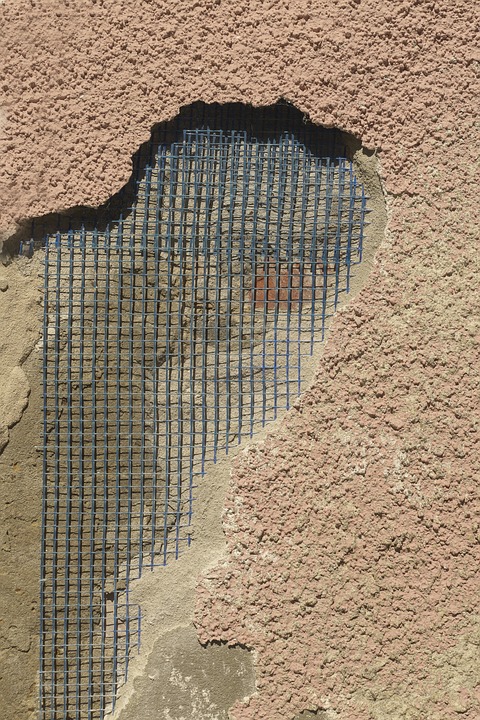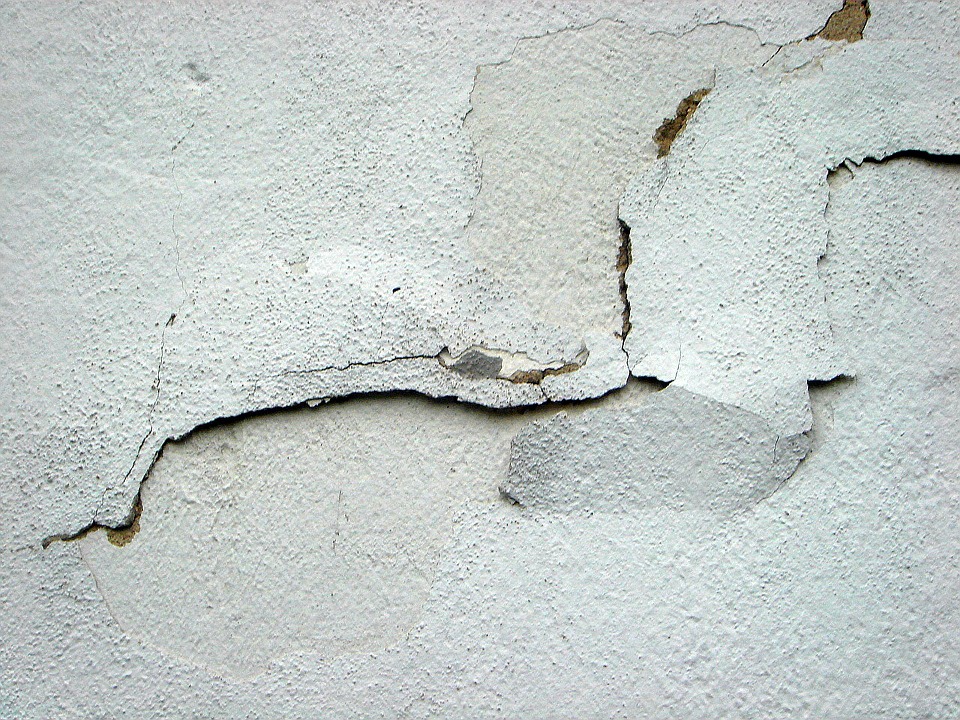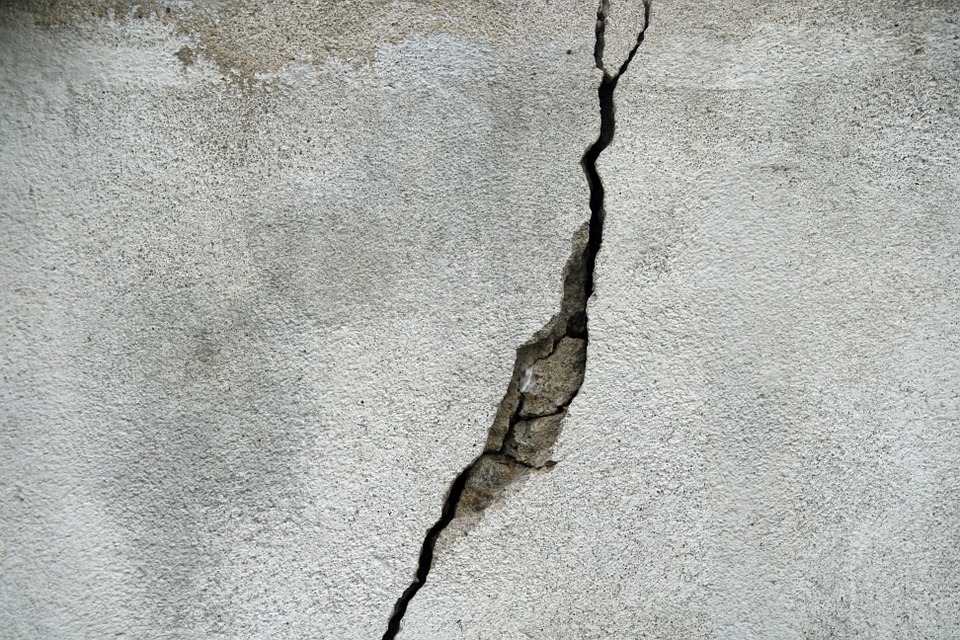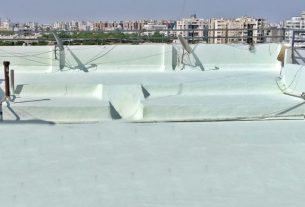Facade Microcracking: Types, Causes and Repairs
Content
The different types of microcracks
Microcracks: what causes them?
Microcracks: appropriate repair techniques
The appearance of microcracks is typical on building facades. These are narrow openings with various causes, some of which, if not adequately treated, can be dangerous for the building and its occupants.
The different types of microcracks

General definition
Microcracks are easily recognisable. They appear on facade coatings and can be seen with the naked eye. Microcracks are multiform: they can be horizontal, vertical or stepped. We speak of microcracks when their width is between 0.2 mm and 2 mm and significant depth.
Note: microcracks should not be confused with surface cracks (crazing). They can be recognised by their characteristic spider web shape on the surface layer of the façade. The latter is purely aesthetic and poses no danger to the building or its occupants.
Shrinkage cracks or structural cracks?

There are two types of micro-cracks, material shrinkage cracks and structural cracks.
Shrinkage cracks are related to the absence or inadequacy of a protective coating against the weather and, more particularly, against moisture. The shrinkage of the material can also cause this type of crack.
Structural cracks are more often of a larger scale and indicate a movement of the foundation, sometimes with a high risk of collapse. Thus, oblique and vertical cracks are symptomatic of a foundation disorder. The direction of the cracks is an essential criterion for determining their causes.
Microcracks: what causes them?

Microcracks are always related to material failure due to insufficient strength.
Shrinkage micro-cracks are caused by an inadequate quantity (in particular too much water) when the plaster is applied or by drying too quickly due to atmospheric conditions (wind, high heat). An application that is too thick can also cause these micro-cracks.
Structural microcracks are caused by differential settlement of the ground and foundations or vibrations. Foundation movement can be related to the unstable soil (clay soil, embankment soil, etc.), loading on shaky foundations, or insufficient bearing capacity of the foundations. The foundations can also move if there is vibration from nearby construction equipment.
Microcracks: appropriate repair techniques

Appropriate cases for each type of crack should be analysed – if the cracks are purely aesthetic (crazing), it is sufficient to patch the plaster on the affected part. Gaps that cause infiltration should be filled with a filling mortar and treated with water repellents.
On the other hand, more extensive treatment is required for structural cracks. Several techniques are possible:
Injection of expanding resin into the ground. This process consolidates the soil by filling in underground cavities and making it more compact. The operation is carried out using small-diameter drillings. This technique cannot be used in the case of clay soils.
Static compaction by injection of mortar for soft soils, using boreholes according to the mesh technique.
The installation of micro piles is a solution that is sometimes indispensable in the case of poor soil bearing capacity. Piles are placed at the desired depth and connected by beams.
The price depends on the type of microcracks to be treated. Infiltrating microcracks are more manageable and less expensive to treat than structural microcracks. For your information, Edge Access can assist you with any requests for
façade audits. If you contact them, kindly do not forget to tell us about your experience.
Read more:
– Causes and Consequences of Facade Pathologies;
– How Do You Fix Cracks in Concrete?
– Causes of Peeling and Cracking of Facade Rendering;
– Facade Audits for Urban and Biological Pollution;




3 thoughts on “Facade Microcracking: Types, Causes and Repairs”